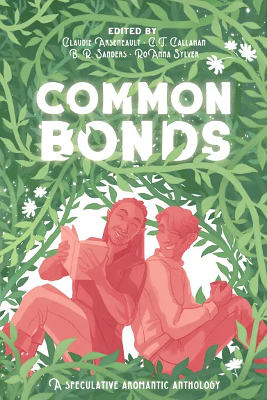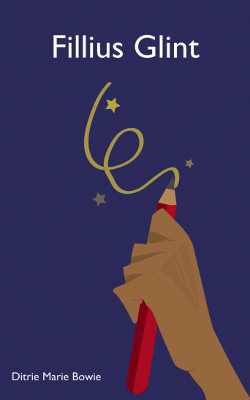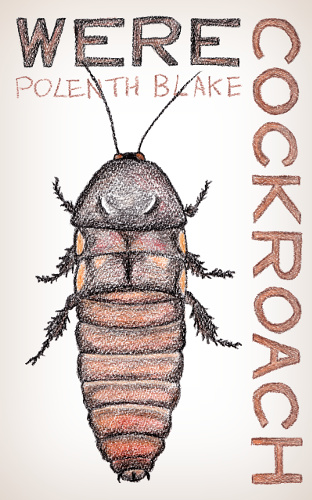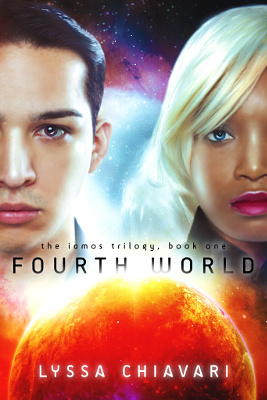I have a new story out in the Common Bonds anthology called “Busy Little Bees”. This anthology has speculative stories about aromantic characters. Mine is near future science fiction about an aroace woman looking for her clone siblings. Themes include issues surrounding cloning and surrogacy. If that’s all you want to know before reading it, click the link below for sales links. If you’d like some of my thoughts on writing it, continue on below the cover.
Book Link: Common Bonds

The cover of Common Bonds. Two red people sit back to back. They’re smiling and one holds a book and one holds a mug. They’re surrounded by green vines and white flowers. It is edited by Claudie Arseneault, C.T. Callahan, B.R. Sanders and RoAnna Sylver. The cover is by Laya Rose.
Backstory
This was an anthology funded by Kickstarter. I was contacted before that, asking if I’d write a story for consideration for the Kickstarter launch. If accepted, it would have been one of the ones mentioned as “contains stories by!!” and all that. It didn’t happen. I didn’t have a great year in general. I also had two very close story deadlines. So I had to say I couldn’t get it done in time, but I’d submit to the general slush when the public call went out.
Writing to themes can be a challenge, but I had some clues this time. I know what stories the editors had read before asking me to send something. A lot of my short fiction has characters who just happen not to get involved in romances (it often doesn’t occur to me unless it’s relevant to the plot), but the first who states not being into that is Tyler, the unlikely vampire in “Midnight Ice Cream”.
I later went on to write “Werecockroach”, where Rin is asexual and aromantic and uses the words.
Both of those are relatively clear and simple in terms of narrative structure and tone. I do also write things that get rejected for not being stories, but that didn’t seem like the sort of thing the call was after.
For my story idea, I wanted to focus on an aroace character, as that’s what I am. I also wanted to focus on sibling relationships, as I like writing those.
Inspirations
The good inspiration was CC (CopyCat), the world’s first cat clone. She ended up with a different colour coat to her mother. They had identical genes, but that isn’t everything.
This didn’t surprise me a whole lot as I knew some identical twins who didn’t end up looking alike, but it doesn’t appear much in science fiction where clones are often assumed to be literally identical. Even more so than identical twins. I wanted to explore the ways people could end up looking and being different from the same starting genes.
The bad happened when YouTube was changing how adverts worked. I ended up with an eight minute unskippable advert selling surrogate services. It was very glossy and tried to make it sound like they’d picked that location as the mothers there were just so great… not because the people were poor and there were few regulations. That shiny corporate branding was chilling and stayed with me.
Other Representation
This was an interesting story for me to write, as I really was “writing the other” in some ways. The lead comes from a relatively privileged background, whereas I’ve always been working class. That meant unpacking some of the assumptions she’d make. Not in the sense of a total bigot finding out she’s wrong, but in the sense of someone who generally isn’t a bigot finding she still had some things to work on. I might not have lived that, but I’ve had to field some of those things from the other side.
The trans side also took some thought. I’m non-binary, so including a non-binary and a trans man as characters wasn’t really something I thought about. It just sort of happened. What did take some thinking was the idea of the trans man dressing up as another of the clones, because most of them were women. It made a lot of sense for the plot, but there are potential pitfalls.
The basic issue is this sort of scene is often used as a way to invalidate trans characters. A trans man made to dress up that way will usually be mocked. The outfit will be a pink frilly dress covered in bows that few women would ever consider wearing. There will be comments about how pretty and feminine he looks.
After thinking about it, and considering if there was a way to do it that didn’t disrespect the character, the solution was to be sure the other characters wouldn’t be disrespectful. In a near future where I’d hope people had improved somewhat on those issues, there’d be a conscious effort to not be jerks about it.
This also meant thinking about how other aspects of marginalisation would be treated in the near future world. Class is still present as an issue and I avoided making it seem like there was an easy solution that’d solve everything. It’s about small gains and keeping at it.
The other mentioned is disability. There have clearly been some improvements, but there’s also a family who abandon an adopted child for selective mutism. This sort of near future won’t have solved every problem with every family.
I do have direct experience of selective mutism. There were times as a child when I simply couldn’t speak, though it wasn’t often enough to get much notice, outside of the teacher who tried to ask my parents about it. He did not actually ask the question he meant to ask, which meant this happened…
Teacher: “Why does Polenth sometimes just stare at me?”
Parents: “Polenth’s reading your mind.”
Teacher: “…”
Anyway, that’s just a few of the representation things I thought about as I wrote the story. I don’t tend to think about them in an essay or blog format, but those thoughts are always there somewhere as I write.
Bees, Wasps and Swarms
I get on really well with bees and wasps, in the sort of way where I wander about near their hives/nests and they leave me alone or crawl on me. I share sugar with them if I have it. We’re fine. The only time I’ve been stung, I actually stung myself. A dying wasp fell in my hair, I thought the wasp was a leaf, so I stung myself trying to brush the leaf out. The wasp really wasn’t to blame.
I have a video of a wild bee swarm that I took some years ago. It looks very dated compared to video now, but it’s still nice to have the reminder. I’d note that honeybees are native in the UK, so this really is a wild swarm. They were in a nature reserve and were left to do their swarm thing.
So, on that note, I’ll leave you with some real bees.
 First Published: 6th June, 2017
First Published: 6th June, 2017 First Published: 31st January, 2017
First Published: 31st January, 2017
 Series: The Iamos Trilogy, #1
Series: The Iamos Trilogy, #1